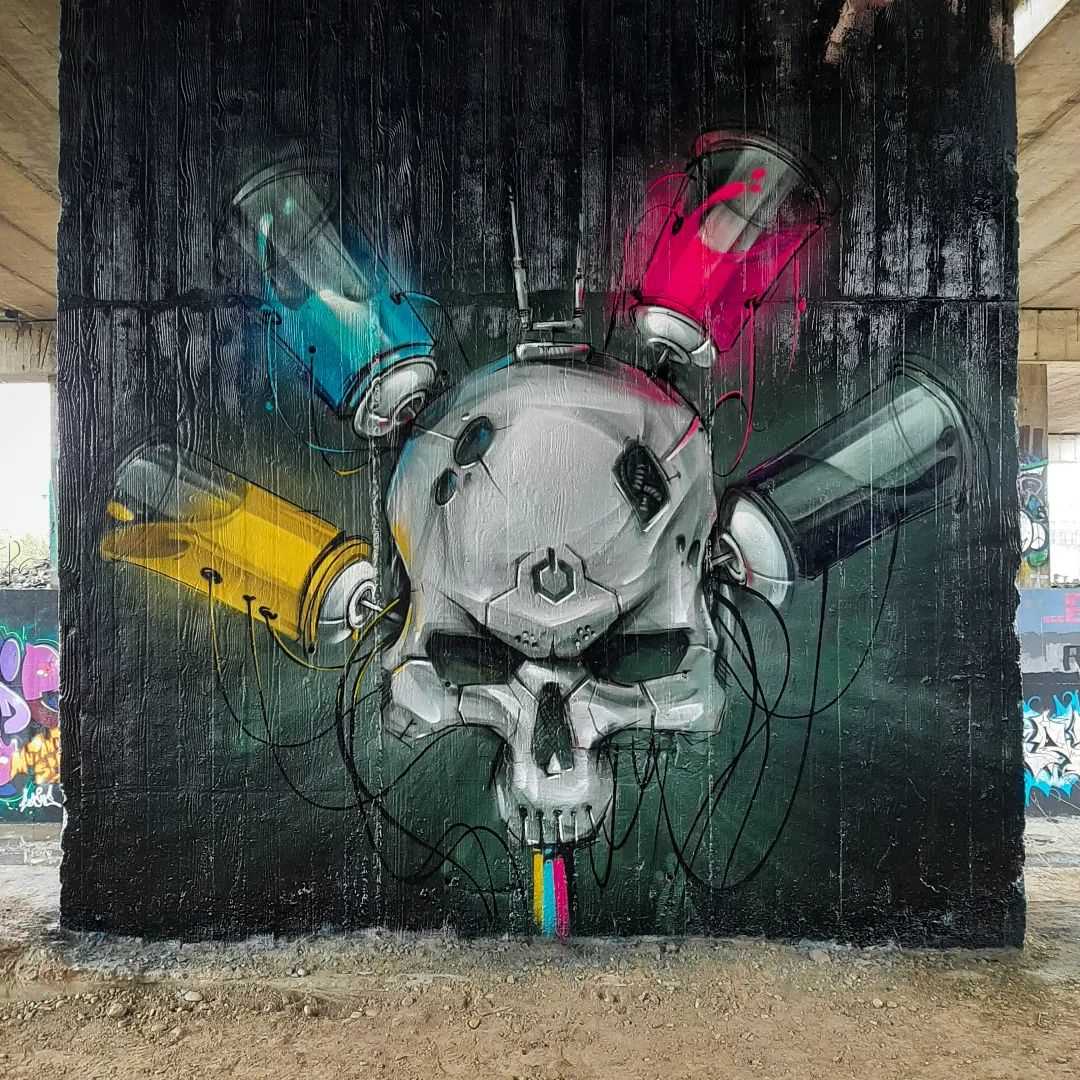
In the bustling cities across the globe, there is a world of creative expression that thrives within the concrete walls and alleys. Two prominent forms of urban art, graffiti and street art, have captivated the public’s attention and sparked intense debates over their meaning and place in society. While these art forms may appear similar, they each carry distinct characteristics that set them apart.
Graffiti, often associated with illicit activities, is typically characterized by its quick and illicit nature. These eye-catching murals, tags, and throw-ups are spray-painted onto surfaces in a secretive manner, often in the dead of night. Though it has been viewed as a form of vandalism by some, graffiti has the power to disrupt and challenge societal norms, making political statements or highlighting social issues.
On the other hand, street art is often seen as a more legitimate form of public art. Artists create intricate and thought-provoking designs using various materials like paint, stencils, and wheatpaste. These pieces are often larger in scale and can be commissioned or authorized by local authorities or property owners. Street art aims to beautify urban spaces, create a sense of community, and engage viewers in a dialogue about its meaning.
Both graffiti and street art have faced countless debates on their legality, artistic merit, and cultural impact. While some may argue that graffiti is nothing more than vandalism, others view it as a powerful tool for self-expression and social commentary. Street art, on the other hand, is praised for its ability to transform neglected spaces, foster cultural exchange, and promote artistic diversity.
By exploring the world of graffiti and street art, we can gain a deeper understanding of the dynamic and ever-evolving landscape of urban art. These forms of expression challenge traditional notions of art and have the power to shape our perceptions of public spaces. Whether we view them as acts of rebellion, works of art, or both, graffiti and street art continue to push the boundaries of creativity and ignite conversations that will influence the future of urban aesthetics.

When most people think of graffiti, they associate it with acts of vandalism and illegal activity. However, graffiti can be much more than just mindless destruction. In fact, it can serve as a powerful form of artistic expression and social commentary.
Graffiti artists, or “writers,” often use their work to convey a message or make a statement about the world around them. Through their art, they can address social and political issues, challenge societal norms, and give a voice to marginalized communities. Graffiti can be a powerful tool for advocating for change and sparking dialogue.
Furthermore, graffiti can transform neglected urban spaces into vibrant works of art. Abandoned buildings, underpasses, and alleyways can become the canvas for talented artists to showcase their skills and create something beautiful. In this way, graffiti can breathe life into otherwise forgotten or neglected areas of a city.
While it is true that graffiti can sometimes be seen as a nuisance or an eyesore, it is important to recognize the potential for creativity and expression that it holds. By shifting our perspective and looking beyond the surface level, we can begin to appreciate graffiti as a legitimate art form that has the power to inspire, provoke thought, and challenge the status quo.
Street Art: From Mural to Masterpiece
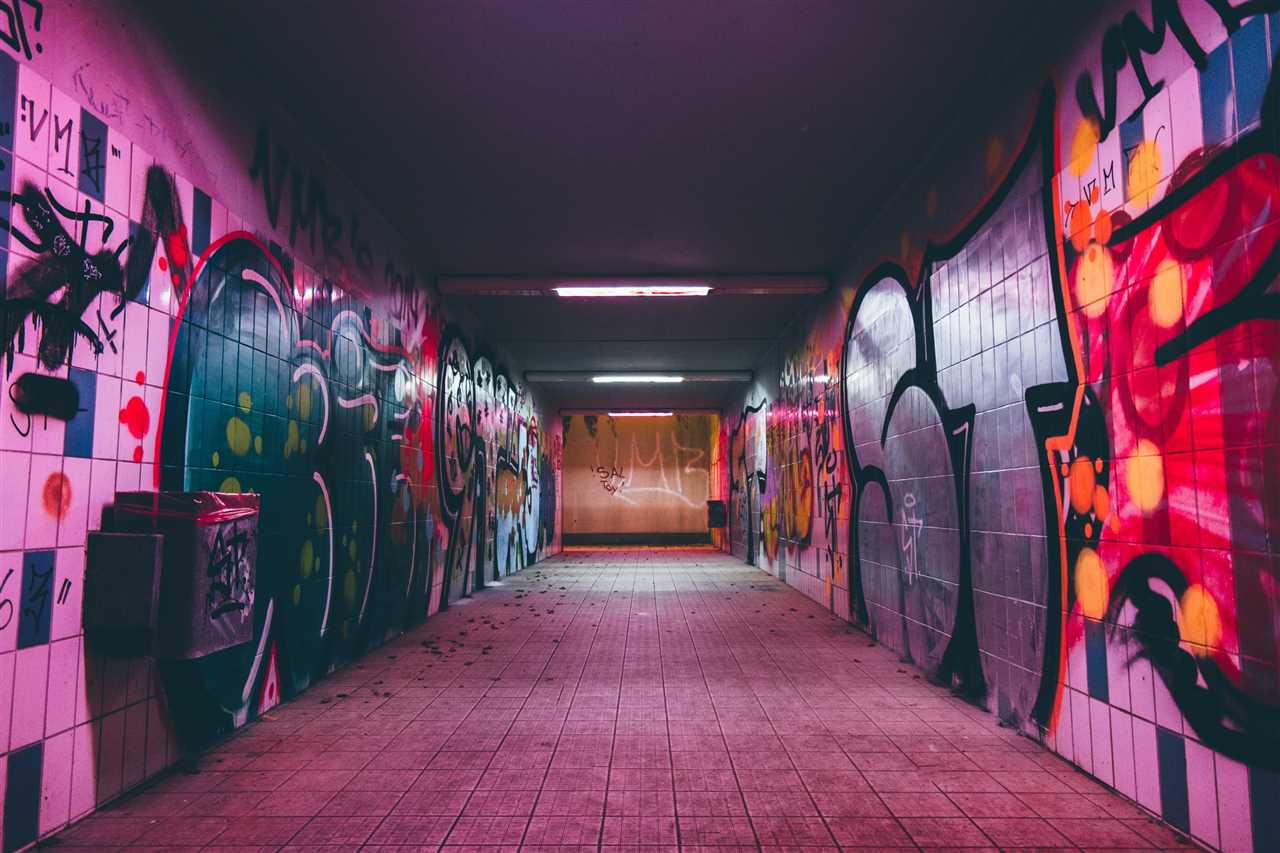
One of the most notable aspects of street art is the mural, a large-scale artwork that often covers the entirety of a building facade. Murals are a way for artists to transform mundane urban spaces into vibrant, visually appealing landscapes. They can depict a variety of subjects, from abstract designs to intricate portraits, conveying messages that challenge social norms or express political views.
Street artists often use their work to address important social issues and create awareness. They strategically choose public spaces to make their art accessible to all, making bold statements that ignite conversations and inspire change. The mural becomes a centerpiece in the community, representing the voice of the people and reflecting the unique culture and identity of the neighborhood.
What sets street art apart from traditional art forms is its transient nature. Murals can be temporary, subject to weathering and the passage of time. This ephemeral quality adds a layer of intrigue and excitement to street art, as viewers know that they might stumble upon a masterpiece that could disappear in a matter of months or even weeks.
Unlike art found in galleries or museums, street art has the power to engage a diverse audience, reaching beyond the typical art enthusiast. It invites people from different backgrounds and walks of life to stop and appreciate the creativity and talent that goes into each piece. Street art becomes a democratic form of art, accessible to all, regardless of their socioeconomic status or education.
Street art is not just limited to murals; it encompasses a wide range of artistic techniques and mediums. It can include stencils, wheat-pasting, installations, and even three-dimensional sculptures. Artists push the boundaries of what is traditionally considered art, bringing creativity to unexpected places, transforming the urban landscape into an open-air gallery.
The Urban Canvas: Legal vs. Illegal
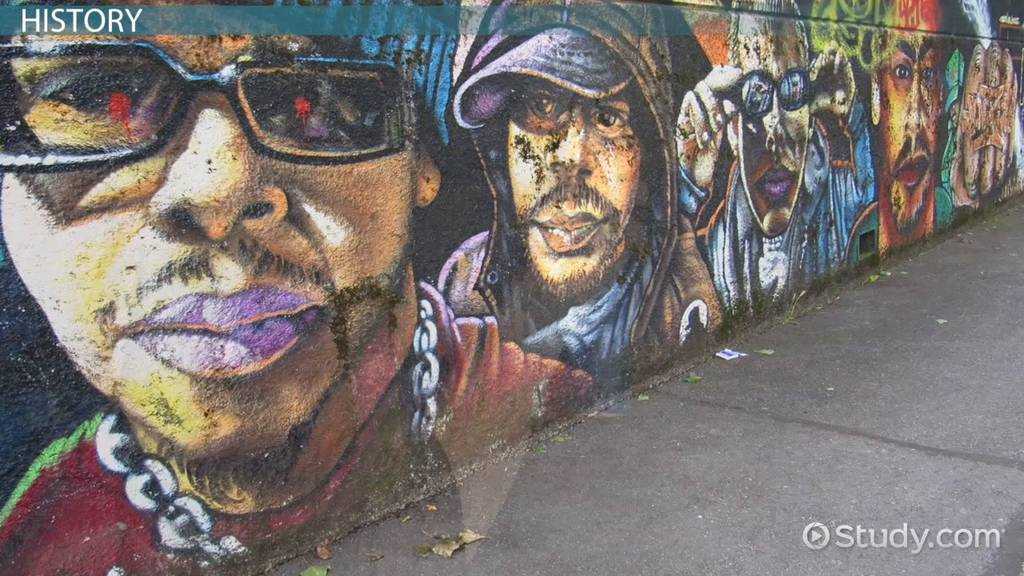
When discussing graffiti and street art, it is important to consider the legality of these forms of expression. Graffiti, by its very nature, is often associated with illegal activities, as artists may create their work without permission on public or private property.
Illegal graffiti is often done quickly and clandestinely, with artists spraying their tags or designs in hard-to-reach places or under the cover of darkness. This type of graffiti is seen as a form of vandalism and can result in fines, probation, or even jail time for those caught in the act.
However, not all graffiti is illegal. Some cities have embraced street art as a legitimate art form and have designated areas where artists are allowed to create their work. These designated spaces may be adorned with colorful murals, intricate designs, and powerful messages, adding vibrancy and character to urban landscapes.
Legal street art provides artists with a platform to showcase their talents and engage with the community in a positive way. It allows for artistic expression without the fear of legal repercussions and provides opportunities for artists to gain recognition and even financial success.
While the line between legal and illegal graffiti can sometimes be blurred, it is essential to recognize the distinction and foster a dialogue around the importance of supporting legal avenues for urban art. By doing so, we can encourage creativity, promote cultural diversity, and preserve the integrity of public spaces.
Beyond Borders: The Global Influence of Graffiti and Street Art
Graffiti and street art have evolved from localized forms of expression to global phenomena that transcend borders. The impact of graffiti and street art can now be seen in cities all around the world, from New York to Tokyo and beyond.
The Rise of Global Street Art Culture
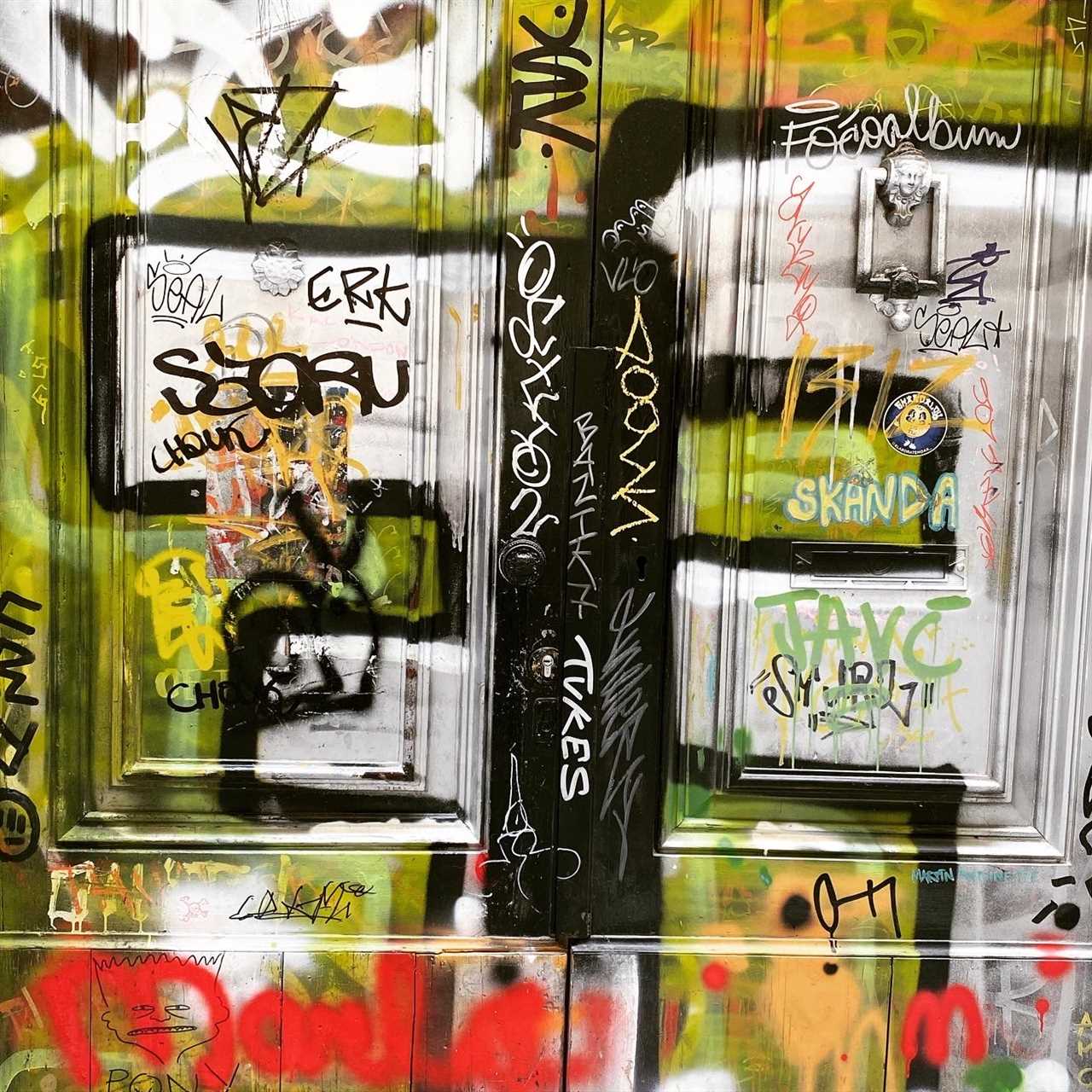
Thanks to advancements in technology and social media, the reach and influence of graffiti and street art have exponentially grown. Artists can now share their work with a global audience, and communities can connect and collaborate across borders.
The global street art scene has fostered a sense of community and exchange among artists from different cultures and backgrounds. It has become a platform for artists to not only showcase their talents but also to voice their opinions on various social and political issues.
Cultural Exchange and Inspiration
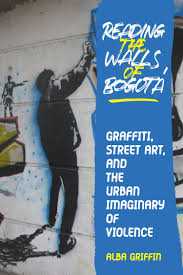
Graffiti and street art have become powerful tools for cultural exchange and inspiration. Artists often draw from different artistic traditions and incorporate them into their own work, creating unique and hybrid styles.
The exposure to different graffiti and street art styles from around the world has fueled creativity and innovation. Artists are constantly pushing boundaries and experimenting with new techniques, resulting in the evolution of the art form itself.
Moreover, the global influence of graffiti and street art has also had a significant impact on mainstream art and design. Many contemporary artists and designers draw inspiration from street art aesthetics, incorporating them into their work and blurring the lines between fine art and street art.
The global influence of graffiti and street art cannot be overstated. It has transformed the urban landscape and provided a platform for artistic expression and cultural exchange on an unprecedented scale. As the movement continues to evolve, its impact will continue to transcend borders, shaping the way we perceive and experience art.

I am a mural enthusiast and a fervent admirer of street art. Rather than creating murals myself, I am passionate about collecting them. My love for street art knows no bounds. I am dedicated to curating and cherishing these artworks that grace the streets. My collection stands as a testament to my profound appreciation for this form of artistic expression.
read about me



